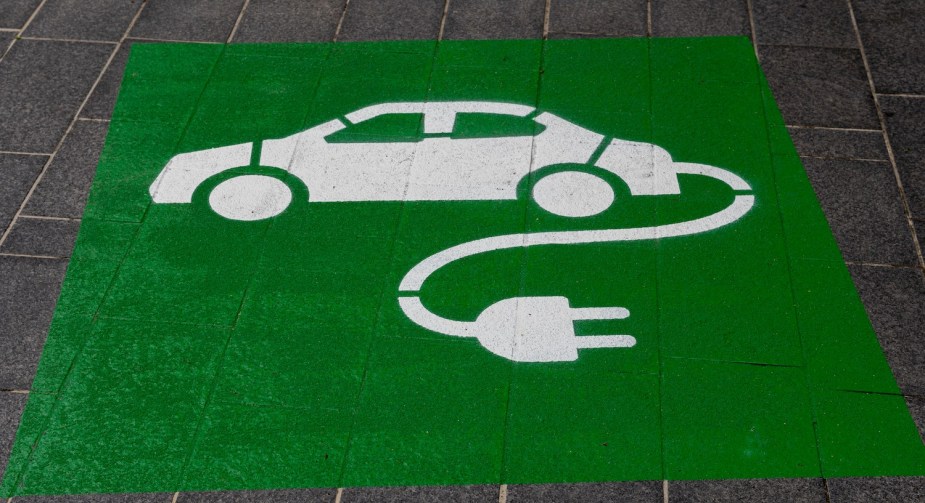
You Might Not Qualify for a 2023 EV Tax Credit, Even if You Qualified in 2022
There are several major changes to the federal EV tax credit coming for 2023. One of the biggest shakeups will be an income cap: $75,000 for individuals and $150,000 for joint filers. In addition, which vehicles even qualify for a tax rebate will change dramatically.
Can I still get the EV tax credit?
If you haven’t claimed a federal EV tax credit in the past three years and make less than $150k (or you and your partner make less than $300k), you should be able to qualify for the EV tax credit. If you are filing as the head of a household, you can make up to $225,000 and still qualify–according to CNBC.com.

The maximum 2023 EV tax rebate will still be $7,500. But you can only claim as much as you owe in taxes. So if you only owe $2,000 in taxes, you can apply for a $2,000 rebate. You cannot roll your tax credit over to the next year.
Another major change to the 2023 EV tax credit is that you can only claim it once every three years. So if you are trading in your old EV for a brand new model every year, you won’t be able to get a tax credit on all of them.
Qualifying for the EV tax credit is only the first step of the process. You will also need to purchase an EV that qualifies–and that list will be changing in the coming year.
What cars qualify for the EV tax credit?
EVs that will qualify for the 2023 tax credit include cars that cost less than $55k and trucks/vans/SUVs that come in under $80k. Furthermore, they must be assembled in the U.S., and a certain portion of their battery components must come from the U.S. or a short list of other countries.

Under the old law, automakers could only offer credits for their first 200,000 EVs. The new 2023 EV tax credit does away with this manufacturer cap. This means that manufacturers such as Tesla and Toyota–which had previously run out of EV tax credits–could again be eligible.
But the new sales price cap will make all but the cheapest Tesla Model 3s eligible. In addition, the strict new battery rules will be difficult for most manufacturers to navigate.
A 2023 EV qualifies for one $3,750 tax credit if 40% of the materials in its battery come from the U.S. or the countries we have a free trade agreement with. Then the EV can qualify for another $3,750 if 50% of its battery components come from one of these countries.
How do I claim my $7500 EV tax credit?
In 2023, you will still claim your EV tax credit by waiting until tax season, then claiming it as a rebate on that year’s taxes. But the system will change up for 2024.

Beginning in 2024, the EV tax credit will be available at the point of sale. What does this mean? Your dealership can just buy the tax credit from you, then claim it in its taxes. What’s more, the amount you get back is not limited by how much you’ll owe in taxes.
What will this look like in 2024 and beyond? Probably, if you qualify for a tax credit, the sale price of your next qualifying EV will simply be lower.
Next, read how the new tax rebate will apply to used EVs or learn more about the 2023 changes in the video below:



